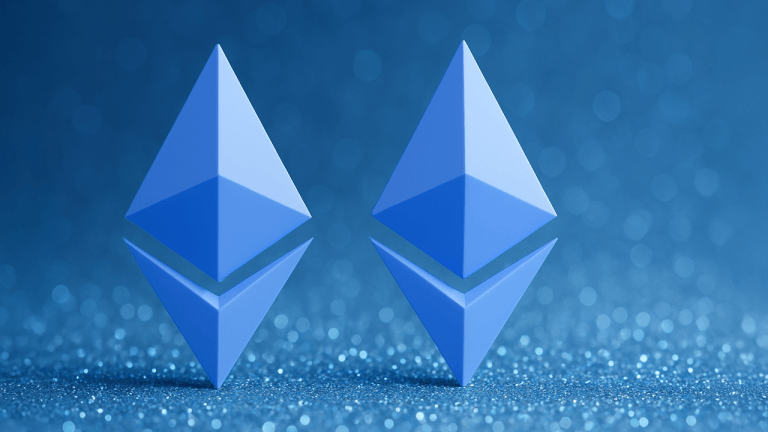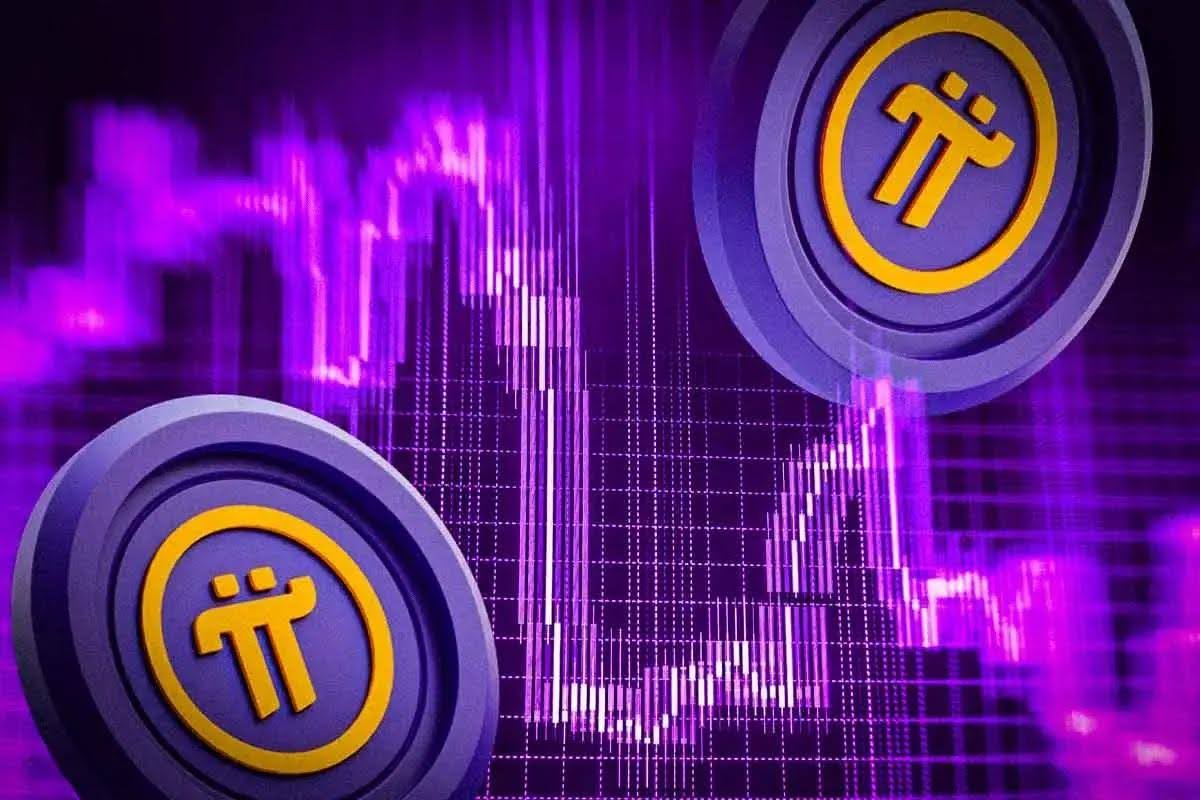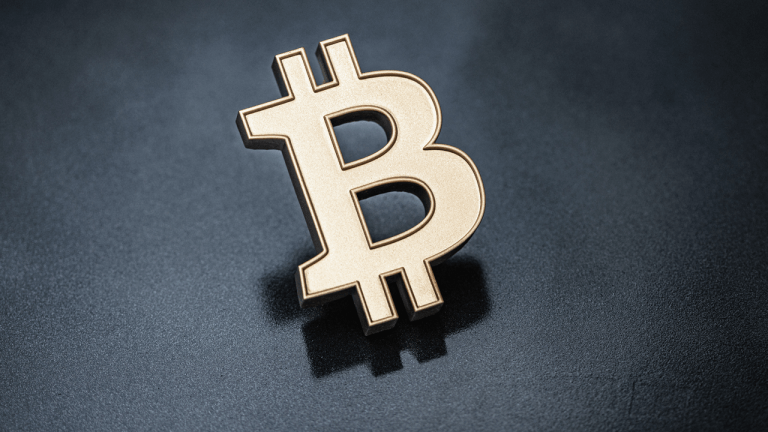This is the question that everyone is asking, from individuals to institutions.
It is an event that happens approximately every 4 years, as it occurs every 210,000 blocks of the BTC blockchain, with approximately one block being created every 10 minutes. This event is certain, meaning that it will occur regardless of circumstances.
The thing is that, in the world of finance, a certain event should not systematically raise prices. In fact, if people were certain that halving day would also raise the price of cryptocurrencies, they wouldn't wait until the day itself to buy BTC; they would do so today. Therefore, it is now that the price of BTC would increase, not a few months after the halving day.
For instance, after the 2012 halving, a few months later, BTC passed the $1,000 mark for the first time. Similarly, in 2017, a few months after the 2016 halving, BTC crossed the symbolic mark of $20,000. And once again, a few months after the 2020 halving day, BTC reached a record of almost $70,000 in 2021. This question is controversial, and not everyone agrees on it.
However, there are differences in the rules governing this market, and various stakeholders evolve as well. This dynamic makes the analysis of the next bull run potential even more exciting.
Friends, I'm going to talk about something that fascinates me greatly. It lies between the grandiose madness of the bull runs we've witnessed and which push cryptocurrencies to unimaginable heights, and the mathematical and rational reality of the financial market.
But I must remind you that past performances do not necessarily predict future outcomes, even though many are anticipating this cycle. So, please be cautious; investing involves risks.
When we take a step back and analyze the situation, we can see that there are elements present in past bull runs that may not apply in the same way today. This is where it gets interesting, as we cannot be certain about the occurrence of a bull run. However, we can still be attentive to certain information that might provide clues and signal a new bull run, especially between today and the next halving day.
- Media coverage
One of the most crucial factors, in my opinion, is media coverage. To be completely frank, media coverage acts as a highly sensitive sensor, and I analyze it extensively. Obviously, we are highly exposed on YouTube. I monitor trends and sudden spikes in interest from the masses. I also keep an eye on videos and metrics from various YouTube channels and other communication channels on social networks. Additionally, I observe the increasing demand from people looking to buy cryptocurrencies for the first time.
Media coverage plays a significant role in driving interest and adoption. In 2012 and 2013, very few people knew about cryptocurrencies, but it was already a dazzling period. BTC went from a few dozen dollars to reach $1,200 to $1,300 in 2013, primarily driven by individual investors who saw value in BTC and other assets. However, media coverage was cautious at the time, with limited coverage from mainstream media outlets. Many media outlets were skeptical and often portrayed BTC negatively due to a lack of understanding.
Nevertheless, this media coverage piqued the curiosity of some individuals and generated enough interest to create a word-of-mouth effect. People jumped on BTC, accelerating its price during the second bull run. However, this time was different in certain countries. Legal frameworks, began to emerge, framing the cryptocurrency market. Media coverage increased globally, and more traditional media outlets started to cover the subject. Despite persisting skepticism, it became impossible to ignore cryptocurrencies as interest grew.
In 2021, individuals and companies showed interest in cryptocurrencies, driven by clearer regulatory guidelines that defined what could and could not be done. This surge in media coverage, along with specific influential media outlets on social networks and traditional television channels, amplified cryptocurrency price increases. Notably, countries like El Salvador adopted BTC as legal tender, and Coinbase went public on the Nasdaq, further boosting cryptocurrency prices.
However, as we approach the next bull run, media coverage might change. It may not be as mainstream or widespread. While media coverage will undoubtedly play a role, it might not be the primary driver of the next bull run. This is because, quantitatively, there are only so many new individuals left to discover cryptocurrencies. By 2023, cryptocurrencies have become relatively well-known, though not yet widely adopted. Mass adoption remains a goal, but the emphasis shifts to encouraging usage.
- Big Boys
Now, institutions are entering the picture. We see institutions like banks receiving regulatory approval as a digital asset service provider, Visa and Mastercard becoming more active in the ecosystem, BlackRock, one of the world's largest investment companies, seeking approval for a BTC ETF, and PayPal making significant moves into digital currencies, including launching its own stablecoin, PayPal USD.
Institutional involvement signifies a longer-term cycle compared to individual adoption. Institutions need to navigate internal decision-making processes and regulatory compliance, which takes time. Unlike individual investors who can quickly decide to buy BTC, institutions operate on a different timescale. However, their entry into the market brings significant financial firepower. When institutions decide to buy, they do so in much larger volumes, potentially exerting a greater impact on the market.
This dynamic alters the supply and demand equation. Institutional players can significantly impact this equation due to their ability to invest larger sums.
- "Keep'em Coming"
The central element of a halving event remains the miners.
These individuals or organizations spend money to secure the BTC network, investing in machines and electricity in the hope of earning more than they spend. The bulk of a miner's remuneration comes from the new BTC issued on the network, which currently amounts to 6.25 per block. However, following the upcoming halving in March 2024, this reward will decrease to approximately 3.125 BTC per block, effectively halving the miner's income.
Miners consider several factors, including the cost of their machines, which typically amortize over 4 years. Since BTC mining should cover not only electricity costs but also generate profit, the price of electricity plays a crucial role. While some miners benefit from very low electricity costs, the majority operate in the range of 4 to 7 cents per kilowatt-hour. At these rates, the cost price of mining one BTC ranges from $18,000 to $22,000, depending on various factors. When BTC approaches the $20,000 mark, it becomes challenging for miners to cover their electricity costs.
Mining difficulty, a metric reflecting the total computing power on the BTC network, is essential to monitor. A drop in mining profitability, usually associated with bear markets, leads to a reduction in mining difficulty. As miners unplug their machines due to unprofitability, BTC becomes distributed to fewer participants, rebalancing the market. However, this is a temporary phenomenon, as major mining companies often release new, more efficient machines ahead of halving events.
Additionally, miners are gradually relying more on transaction fees for their income. While this has been a relatively small portion of their earnings, the growing use of BTC and related tokens on the network has led to higher transaction fees. This trend could continue and become significant when the block reward is reduced, as transaction fees will make up a more substantial portion of miners' income.
In summary, the next bull run might not experience the same media coverage multiplier as in previous cycles due to demographic limitations. Institutions entering the market will exert significant influence due to their longer-term investment horizons and financial clout. Miners will play a crucial role in the ecosystem, with the upcoming halving event and evolving dynamics surrounding their profitability. These factors, alongside external events, regulatory changes, and market sentiment, will shape the cryptocurrency landscape.
As of the typing of these lines, the halving is only 200 days away. It's a time of anticipation and excitement in the cryptocurrency space, and it will be interesting to see how these factors unfold.
[link] [comments]

You can get bonuses upto $100 FREE BONUS when you:
💰 Install these recommended apps:
💲 SocialGood - 100% Crypto Back on Everyday Shopping
💲 xPortal - The DeFi For The Next Billion
💲 CryptoTab Browser - Lightweight, fast, and ready to mine!
💰 Register on these recommended exchanges:
🟡 Binance🟡 Bitfinex🟡 Bitmart🟡 Bittrex🟡 Bitget
🟡 CoinEx🟡 Crypto.com🟡 Gate.io🟡 Huobi🟡 Kucoin.














Comments